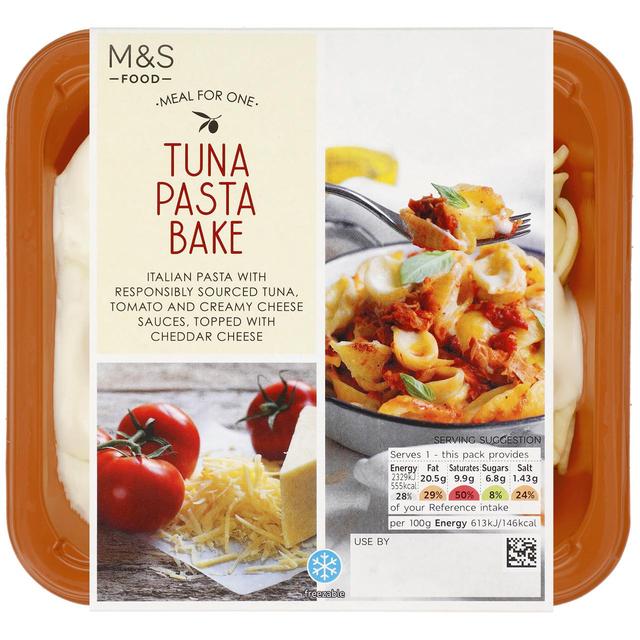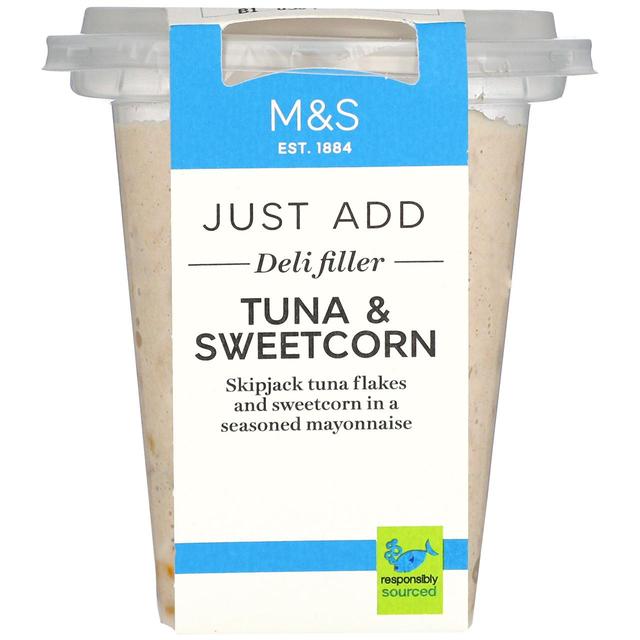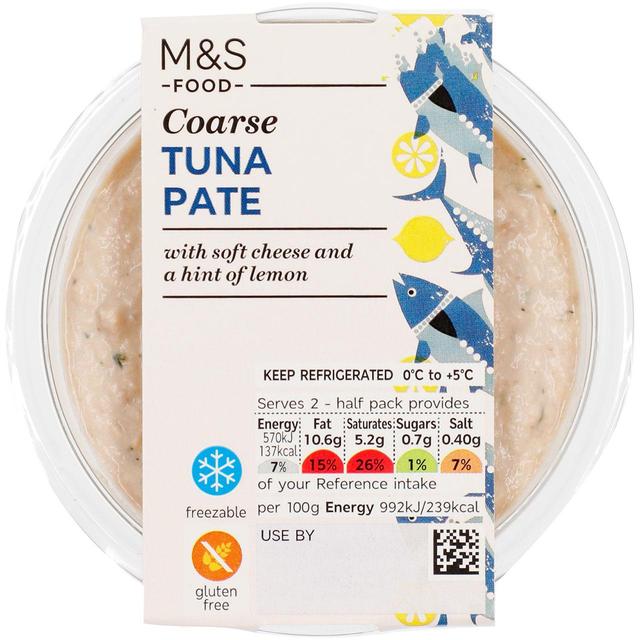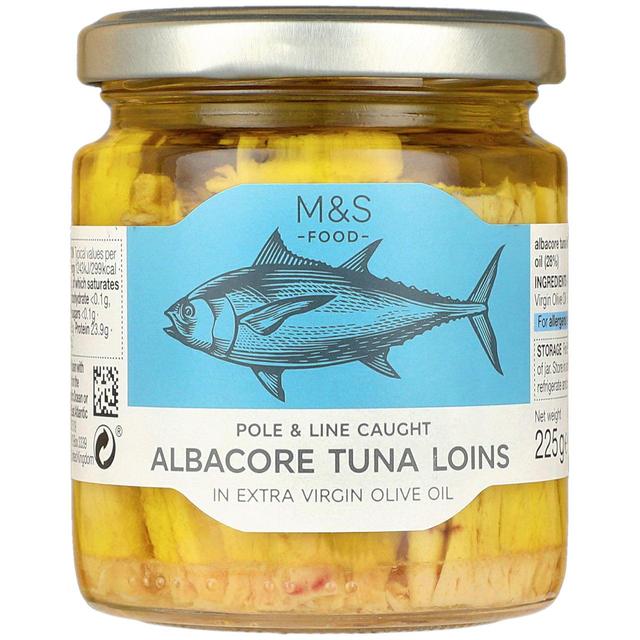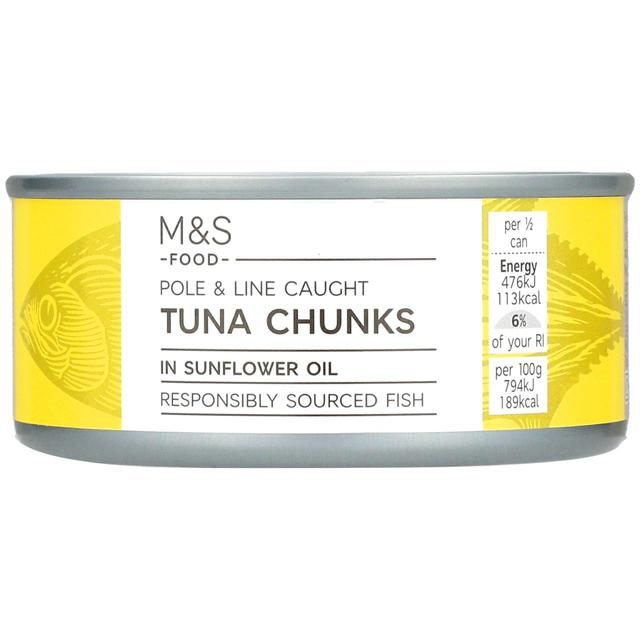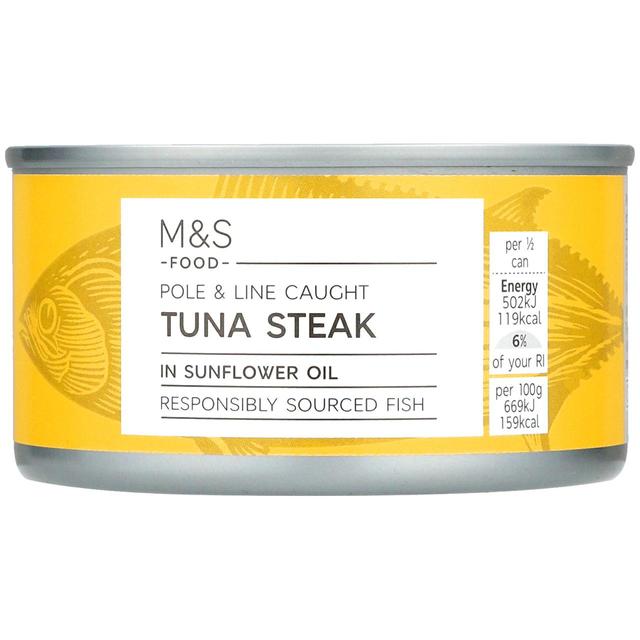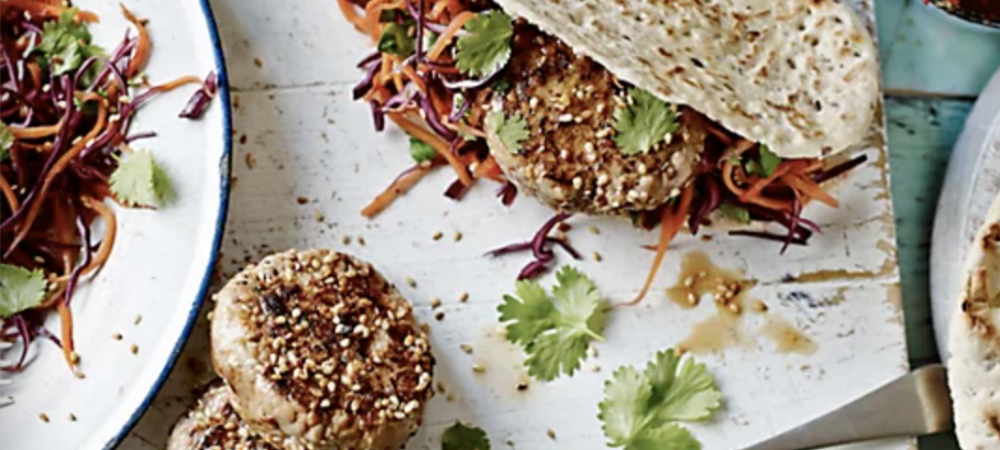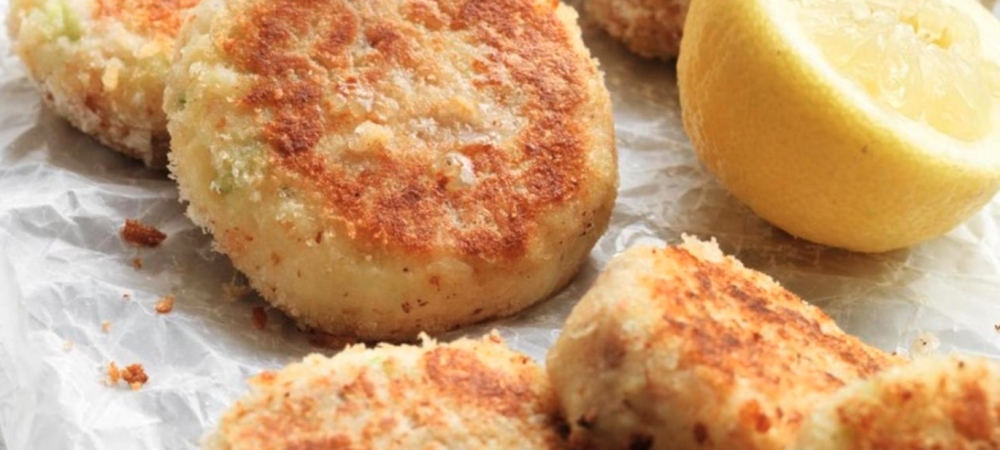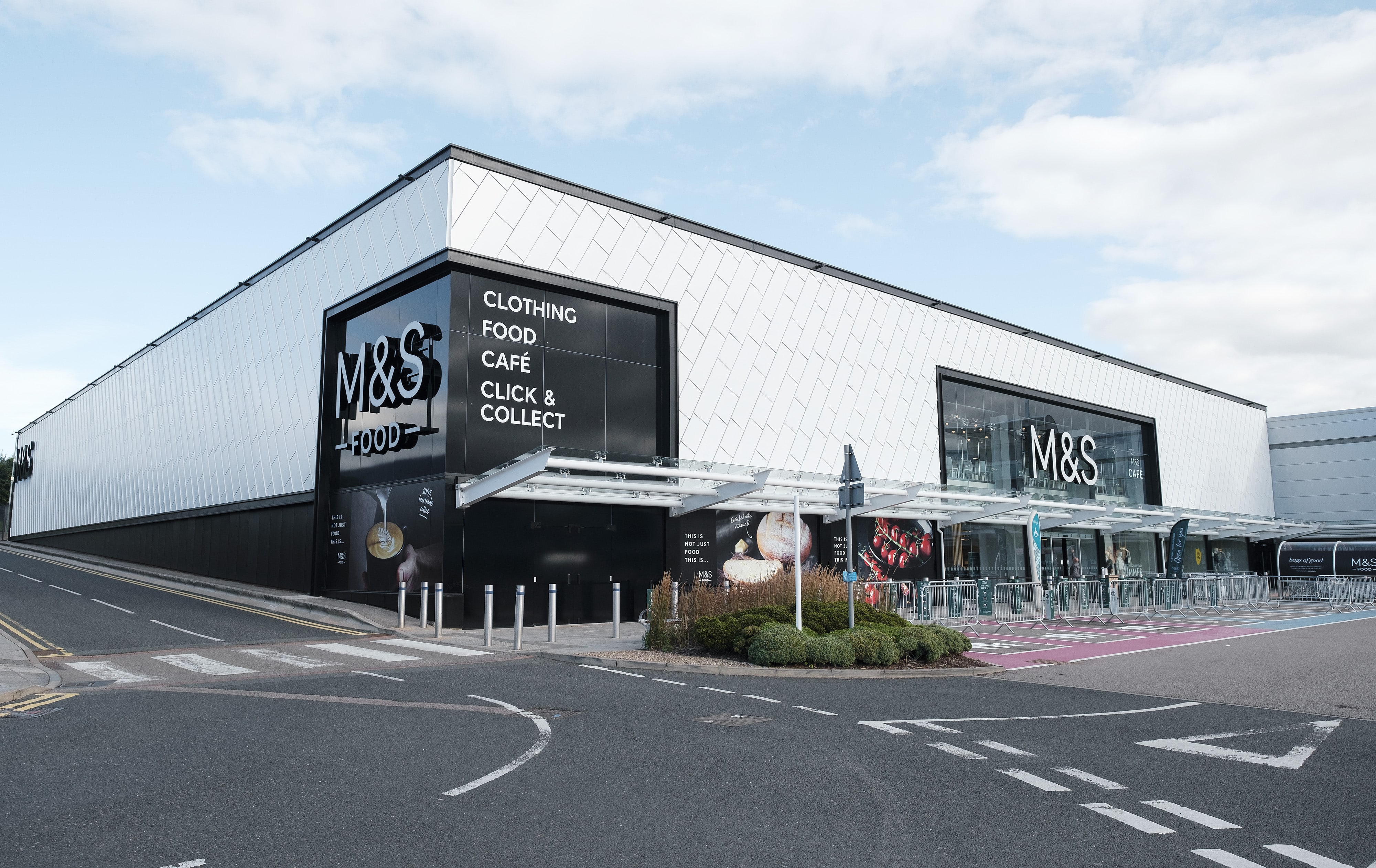
Marks & Spencer (M&S)

Marks & Spencer (M&S) is a leading UK retailer of food, clothing and homeware. With an annual turnover of £10.3 billion, M&S sells to 33 million customers each week, accounting for over 13% of the market share in fish sales. M&S has had a sustainable fishing policy in place for over 16 years. Since 2007, this has been embedded in its ‘Plan A’ sustainability strategy within the pillar focused on ‘Sustainable Raw Materials’.
One of M&S’s core business values is Integrity. As a result, the business strives to do the right thing; to deliver the high standards expected by its customers and stakeholders; to reinforce their trust that it works ethically, sources responsibly and respects and protects natural resources; and to reduce its environmental footprint and increase its positive social impact. That is why the M&S Seafood Sourcing Policy covers every single piece of fish on its shelves – whether farmed or wild, fresh or frozen, in a can, a sandwich or a ready meal – so that M&S customers can be absolutely assured that the fish has been sourced with integrity.
Marks & Spencer committed to source only line-caught (yellowfin and albacore) and pole-and-line-caught (skipjack) tuna for all of its tuna products, from sandwiches to ready-to-eat meals to fresh steaks. The British retailer, which sells more than 20,000 tuna sandwiches per day, said the decision followed a "painstaking review" of every product containing tuna.
With 1487 stores in 57 countries worldwide, M&S was to be the first U.K. retailer to have 100% of their tuna be line caught. The company cited the bycatch of endangered sharks and other species that arise from purse seine fishing as a driver for this decision.


Products sold by Marks & Spencer (M&S)
This isn't just sustainable fishing, this is M&S sustainable fishing! M&S tuna products, ranging from fresh steaks and cans, to ready meals and sandwiches are all line-caught. With over 1000 stores across the UK, M&S' goal is to ensure that all wild-caught and farmed seafood, as well as aquafeed, come from the most responsibly managed sources.
Marks and Spencer want to lead the retail sector in sustainable production and consumption, offering our customers the good value, high quality products and services they expect from M&S, while respecting planetary boundaries and the need for social equity. They recognise the integral role of animal health and welfare in sustainable food production and strive to continue progressing the highest welfare standards.
At A Glance
- What's in a name? A little history
Marks and Spencers is known fondly as both 'Marks and Sparks' and 'M&S'. However it is no stranger to a nickname, as the retailer traded under the name 'St Michael' back in 1928, with women's and girl's clothing under the name 'St Margaret'.
- High flyers! All for charity
Back in 1941, M&S staff raised £5,000 to pay for a Supermarine Spitfire fighter aircraft called The Marksman.
- Customer Relations Outstanding motto
Marks and Spencers focus on the customer experience: offering machine-washable suits, durable school uniform, and an instore lingerie fitting service. The attitude toward customer relations is summarised in the slogan, "The customer is always and completely right", from 1953.
- Look Behind the Label There's more than meets the eye
Back in 2006, Marks and Spencers launched their 'Look Behind the Label' marketing campaign, empowering consumers to ask about the environmental and ethical implications of their product choices.
- Interactive Map
Click here to see where we source all our fish from
—We’re a nation of fish lovers, eating 415,000 tonnes of it every year. But the global appetite for fish comes at a price: the development of technology in the fishing industry in the Fifties had a significant impact on the marine environment, depleting stocks of many species, including Atlantic cod and bluefin tuna. That’s why at M&S we’ve had a sustainable sourcing policy in place for over 20 years. We work with suppliers around the world, rolling out best practice for crew welfare, expanding responsible fisheries management and advocating for policy reform to protect our precious oceans.
Our Fisheries
Company Policies and Reports
2004 - M&S x WWF
M&S teamed up with WWF back in 2004. The initial plan was to create and implement initiatives in sustainability, aquaculture and forestry in house. However, things grew and in January 2010 they became the first UK company to join the WWF Seafood Charter. This commits M&S and WWF to work as partners to drive our supply chains towards more responsible sourcing, and to take a leadership role in bringing improvements to fisheries and aquaculture operations globally.
2012 - Collaboration
In 2012, Marks and Spencers became founding members of the Sustainable Seafood Coalition, a cross-industry group in the UK using thier influence as seafood businesses to tackle seafood sustainability issues since 2012. They are united in a vision for sustainable seafood and have pledged to work together to achieve this.
Transparency
M&S was the first UK retailer to report our seafood sourcing since the launch of the Forever Fish campaign in 2012 and the first retailer to disclose the information of primary suppliers.
M&S believe in educating their consumers, as they communicate with both customers and the wider public via a number of channels including their website, in-store décor and on-pack messages.
In 2019/20, 90% of wild-caught fish and shellfish sourced for M&S products came from a Global Sustainable Seafood Initiative (GSSI) recognised third party certified source. 100% of farmed fish and shellfish sourced for M&S products came from third-party certified sources.
Fisheries Improvement Toolbox (FIT) Engagement
Marks and Spencers joined some of our retailer members in sponsoring key PhD scholarships in 2017 to research into Indian Ocean tuna fisheries. These scholarships support the Maldives fishing industry through their research by enabling two local scientists to study at internationally renowned institutions.
The 2019 Seafood Sourcing Standard published by M&S, signed up to the WWF Seafood Charter. Part of their commitment outlines plans to ensure that all seafood sold by M&S is sourced from fisheries using gear types with low impact on marine health. M&S launched their transparency commitment through an interactive map to show where their seafood is sourced, aligning their goals once again with key partner IPNLF. They also signed the 2020 Tuna Declaration to further commit to sustainable sourcing and policy implementations.
M&S continue to invest in Fishery Improvement Schemes, including their work with IPNLF to support pole and line fisheries in the Maldives, helping to create an online database to fulfil traceability requirements for vessels.


